Delicious culinary in the afternoon
0 comments
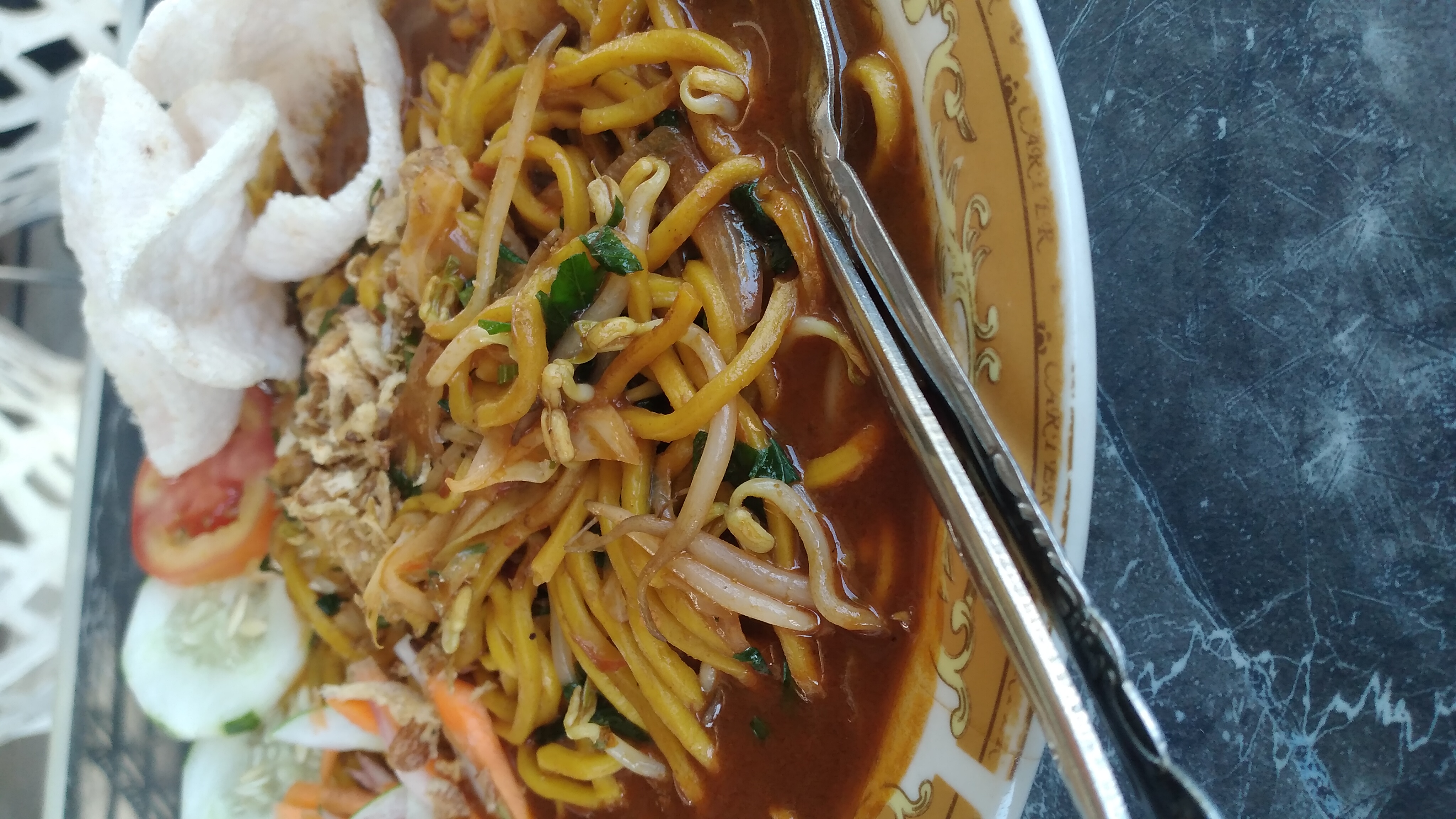
Noodles are one type of food that is very well known and liked by people from various levels, which are usually consumed as breakfast or snacks. There are various types of noodles known to the public which can be grouped into raw noodles, cooked noodles, dry noodles, and instant noodles. These noodles are generally consumed in various forms of processed foods, such as fried noodles, soto mie, fried bean sprouts, boiled noodles, chicken noodles, etc. Currently, the noodles that are widely circulated in the market are noodles made from wheat flour, where wheat as the raw material for wheat flour must be imported.
It turns out that noodles can also be made from local flour in Indonesia. Researchers at the SEAFAST Center and the Department of Food Science and Technology-IPB through the National Strategic Research Program (RUSNAS) for Staple Food Diversification from the Ministry of Research and Technology have developed noodles from corn flour, either as a partial or complete substitute for wheat flour. Corn noodles can be processed on a small household industry scale by applying sheeting technology or extrusion technology, so that they can be a new business opportunity for the community.
Potential of Corn Flour as Raw Material for Noodles
Corn is one of the cereal crops that is an important source of carbohydrates after rice. According to data from the Department of Agriculture, Indonesia's corn production in 2007 reached around 18 million tons. With efforts to increase corn production, it is hoped that it can meet the needs for raw materials for corn noodles. Based on a study of consumer preferences for non-rice processed products, consumers really like processed corn products including corn noodles. The potential for the corn noodle consumer segment is also very broad, because corn noodles can be consumed by all ages from children to adults. The use of corn flour as a noodle product will be able to increase the added value of corn and is expected in the long term to reduce dependence on imported wheat flour and contribute to supporting the national food security program.
Corn noodles also have advantages, namely containing carotenoids which can be a source of vitamin A. Carotenoids also act as natural yellow dyes, so the corn noodle formula does not require the addition of synthetic dyes. This is different from wheat noodles where the yellow color is produced by the addition of tartrazine yellow dye. Corn noodles made from 100% corn flour are more yellow than wheat noodles or substitute noodles. Corn noodles are noodles made from the main raw material of corn flour or a mixture with wheat flour, either processed in the form of wet corn noodles (raw noodles) or dry corn noodles. Wet corn noodles can be produced on a home industry or small industry scale using the processing equipment commonly used for wheat noodles. However, because of its high water content (around 35%), wet corn noodles only have a short shelf life (1-2 days at refrigerator temperature). If the noodles are to be stored longer (4-6 months), then the wet noodles need to be dried into dry noodles. Corn flour is flour obtained by grinding corn kernels or corn kernels (Figure 1). To produce corn flour, coarse grinding equipment (hammer mill), fine grinding (disc mill), and sieves are required. Grinding corn kernels into flour is the process of separating the skin, endosperm, embryo and tip cap. Endosperm is the largest part of the corn kernel (75-80%) which is ground into corn flour. The endosperm contains high starch (around 86%), in addition to protein (8%), fat (0.8%) and fiber (3.2%). The skin and tip cap are undesirable in corn flour, because they contain a lot of fiber that can cause corn flour to become coarse. The germ also needs to be removed, because it contains quite high unsaturated fat that can cause corn flour to become rancid quickly. Corn flour used to make corn noodles is that which has passed through a 100 mesh sieve. Corn flour is yellow because it contains a lot of beta-carotene. Corn that is suitable for making corn noodles is yellow corn from various varieties that contain 25-27% amylose, such as Srikandi corn, Pioneer, and Pearl corn. White corn (glutinous corn) is less suitable for making corn noodles, because it contains higher amylopectin, which forms a sticky noodle texture. Unlike wheat flour which contains gliadin and glutenin proteins which are responsible for forming gluten, corn flour protein contains more zein (prolamin) and glutelin proteins.


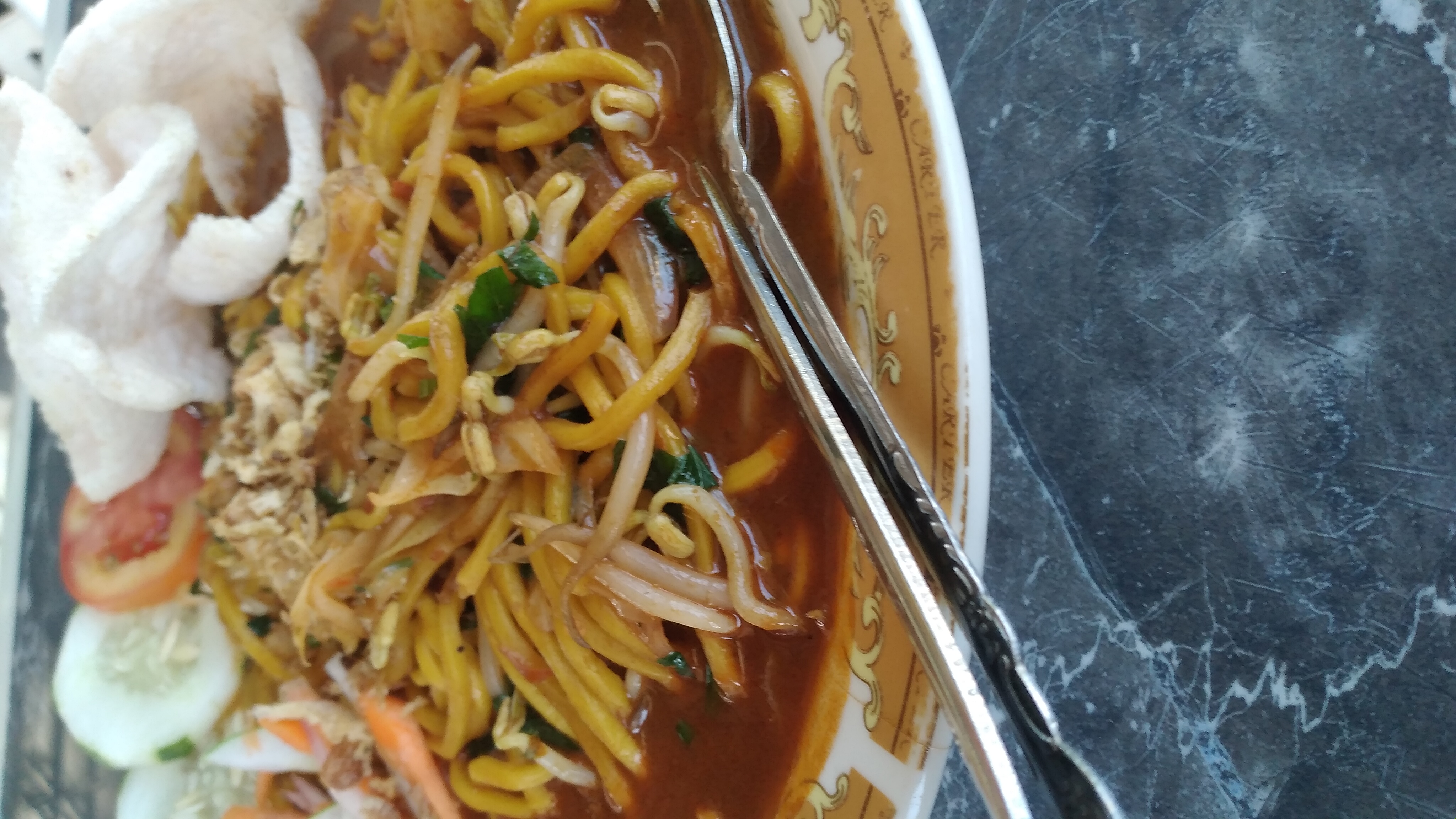
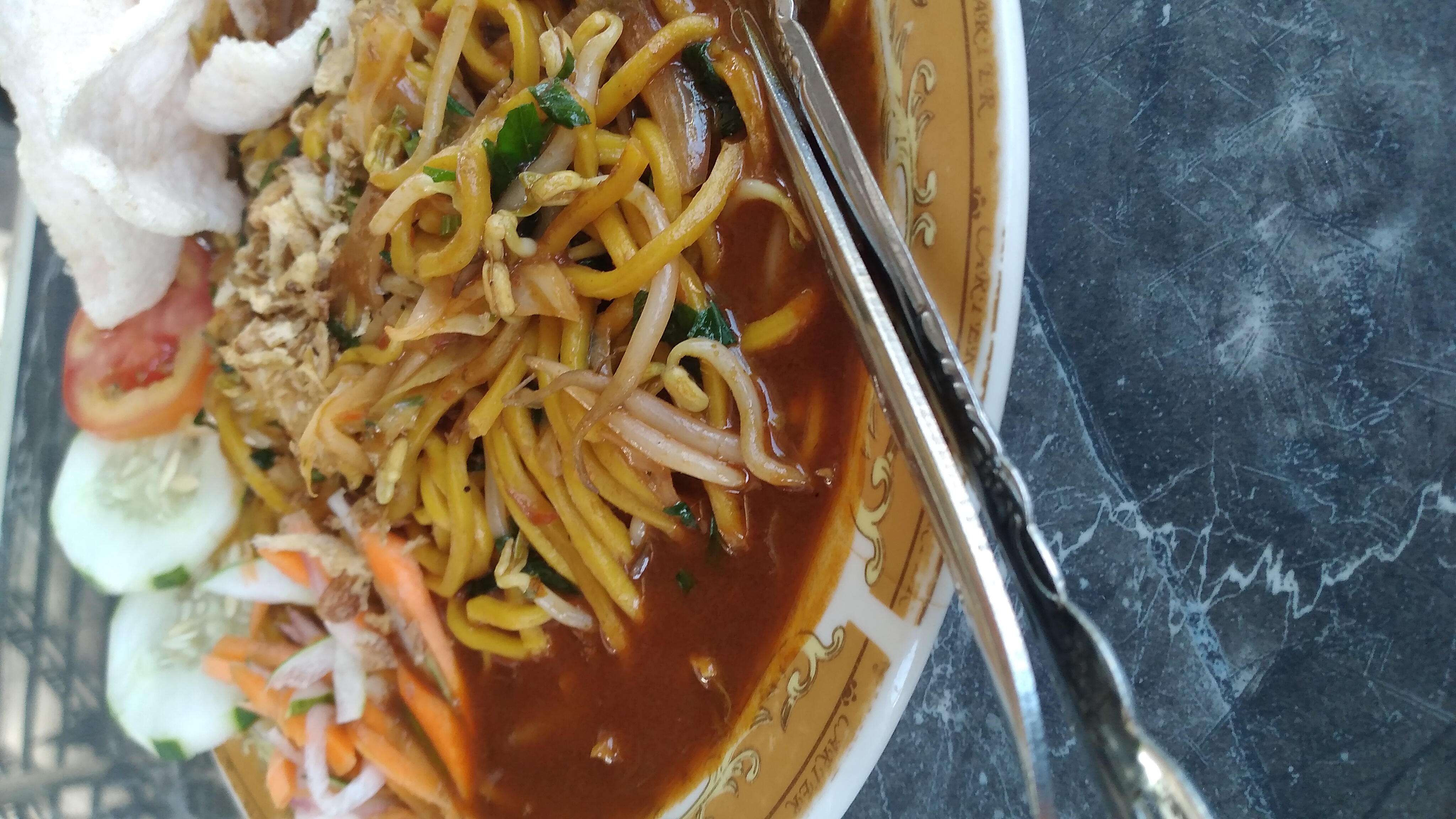
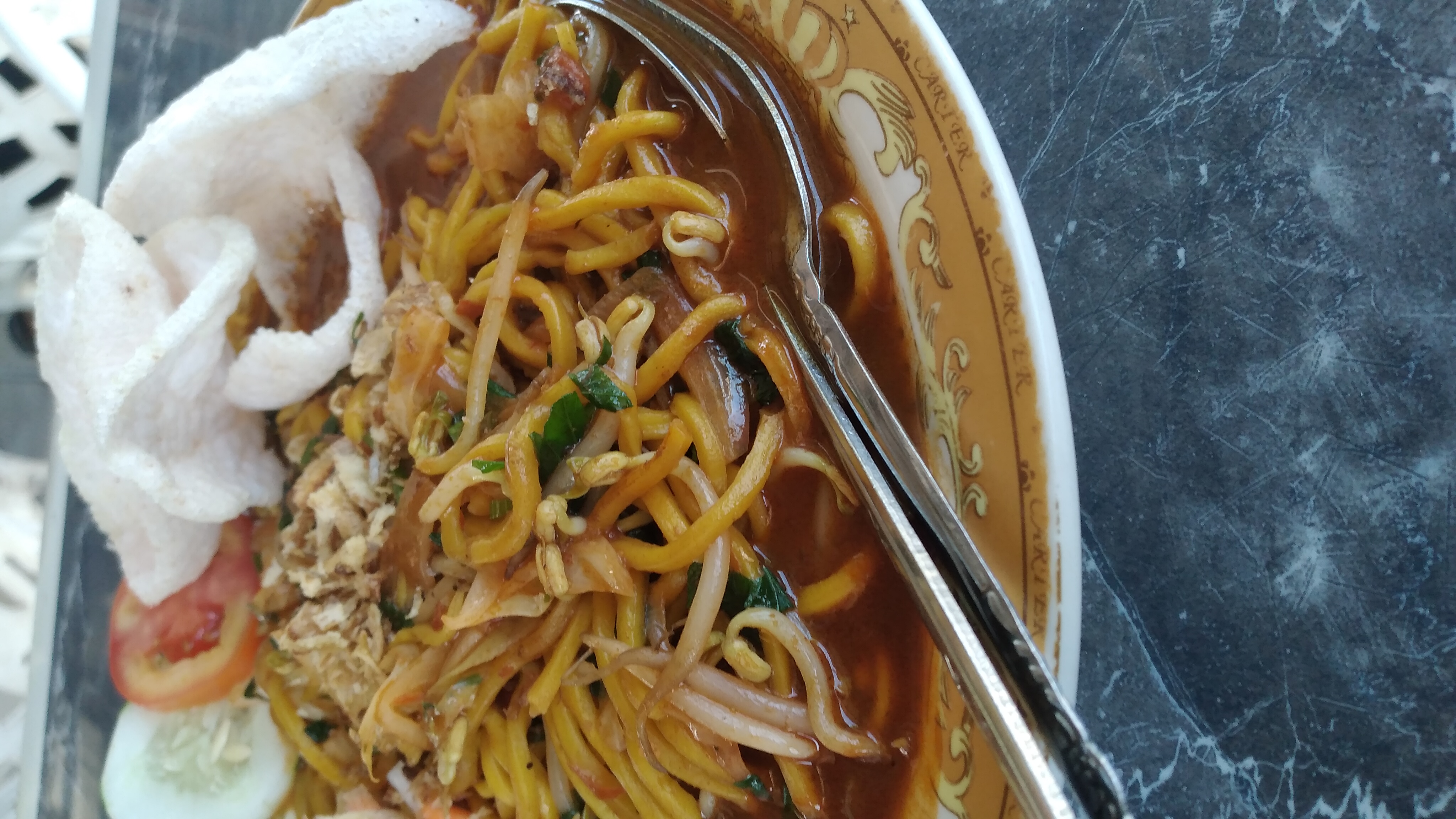
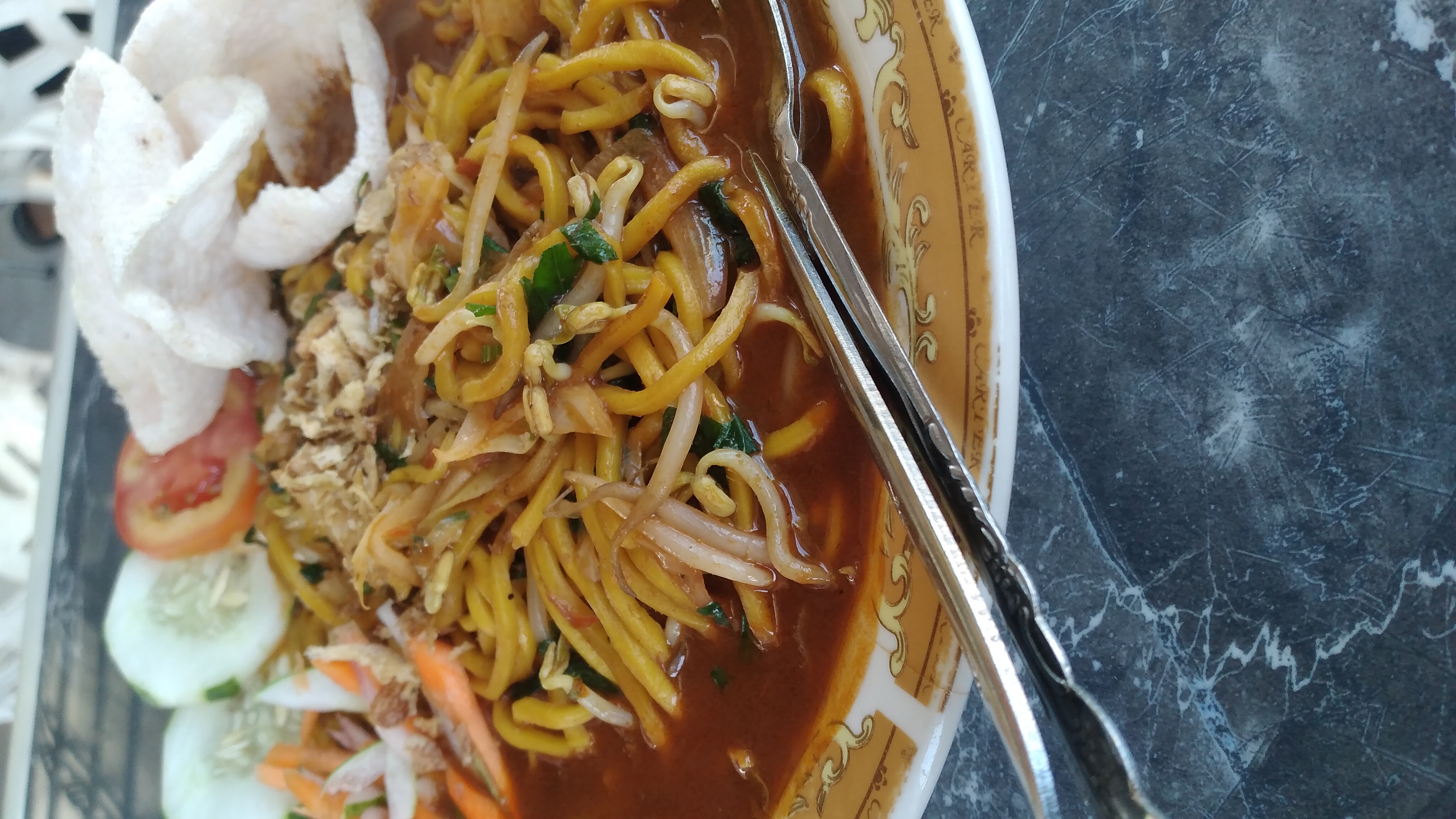

Comments